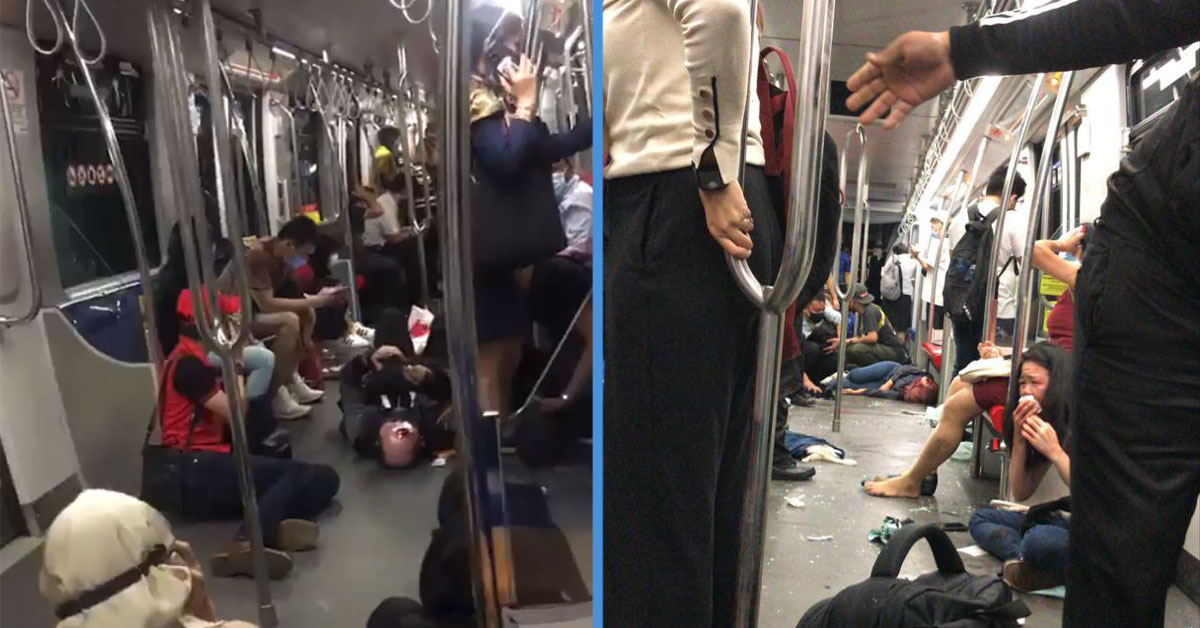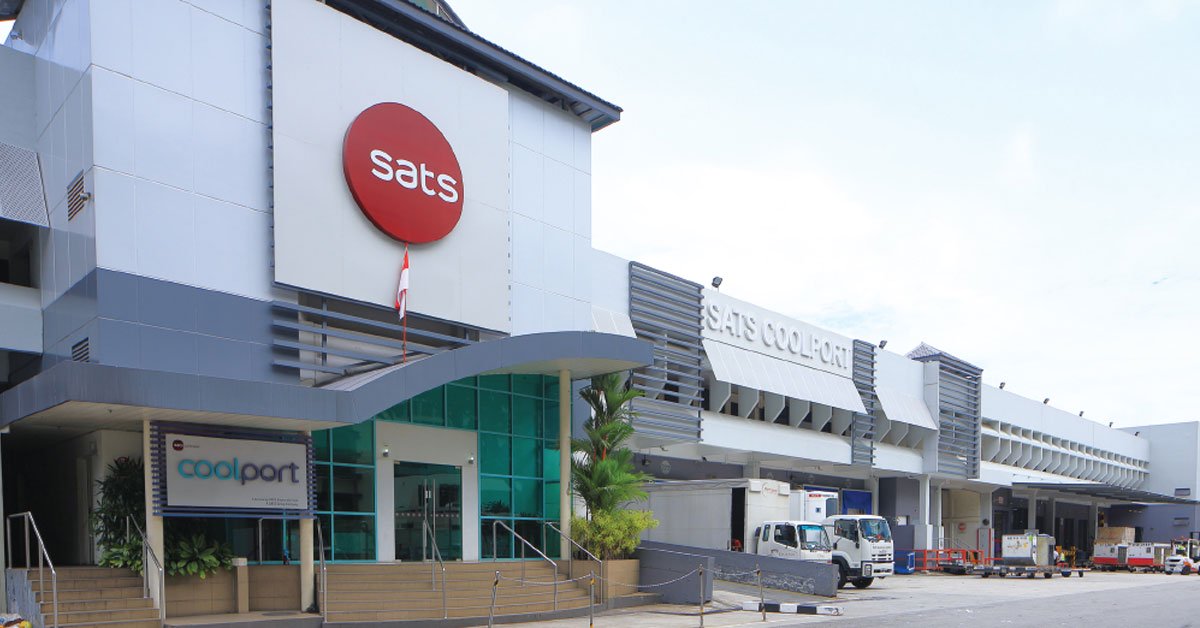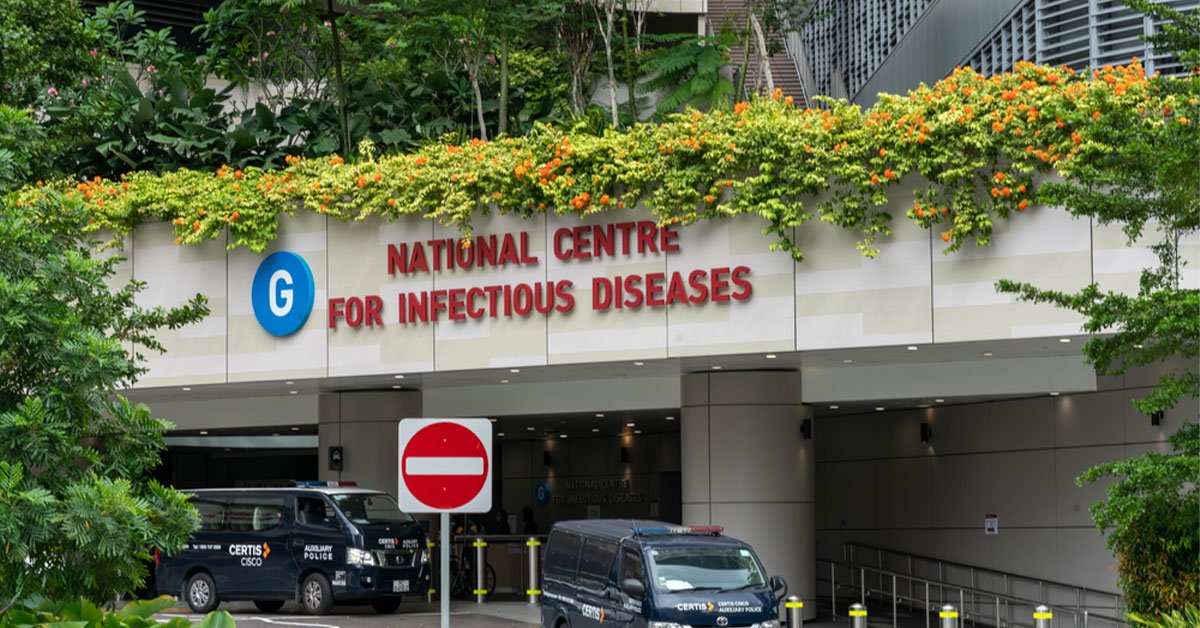Malaysia’s first Light Rail Transit (LRT) crash occurred yesterday night (25 May), with dozens hospitalised and now six in critical condition.
In addition, preliminary investigations have revealed that human error was the reason behind the accident.
Preliminary Investigations Show Error in Manually Operating Train
According to early reports from the Malaysian Land Public Transport Agency, Train 40, the set involved in the accident, was carrying 213 passengers when it stalled at a station.
The train, which is usually automatically operated, had to be manually restarted by the operator onboard due to a time out.
However, because the operator decided to drive the train in the opposite direction.
On a track where all the trains travelled in the same direction.
The train then crashed into the next train set on the track. Fortunately, it was an empty train heading on autopilot to a service depot, or far more casualties may be expected.
6 People in Critical Condition Following Crash
Following the crash, 64 passengers have been transferred to the Kuala Lumpur Hospital, according to the Malaysian Transport Minister Wee Ka Siong.
Out of the casualties, six are under close medical attention in critical condition, 15 are considered “partially critical” without further elaboration.
A total of 47 were seriously injured in the accident, while 166 others were considered mildly injured, and are largely not part of the hospitalisation figures.
The train operator Prasarana Malaysia has pledged to offset in full the medical costs of all crash victims, and will offer an additional RM 1,000, or around $320, as compensation.
Prime Minister Muhyiddin Yassin urged a probe into the accident, the first since the Kelana Jaya LRT line opened in 1998 to serve Kuala Lumpur and its neighbouring districts in the state of Selangor.
The crash occurred not far from Kuala Lumpur city centre right before Malaysia would pose new movement controls that would see trains reducing their passenger capacity by half.
The impact flung passengers to the ground, and some were injured by the train’s broken glass windows.
As it occurred underground, evacuating casualties was exceptionally difficult. The injured had to either walk or be stretchered across a rough and narrow section of the tunnel to reach the nearest station, in addition to the difficulties extracting themselves from the deformed train.
A full report is expected in two weeks’ time.
Featured Image: Twitter (@bernamadotcom / @dfordella)



